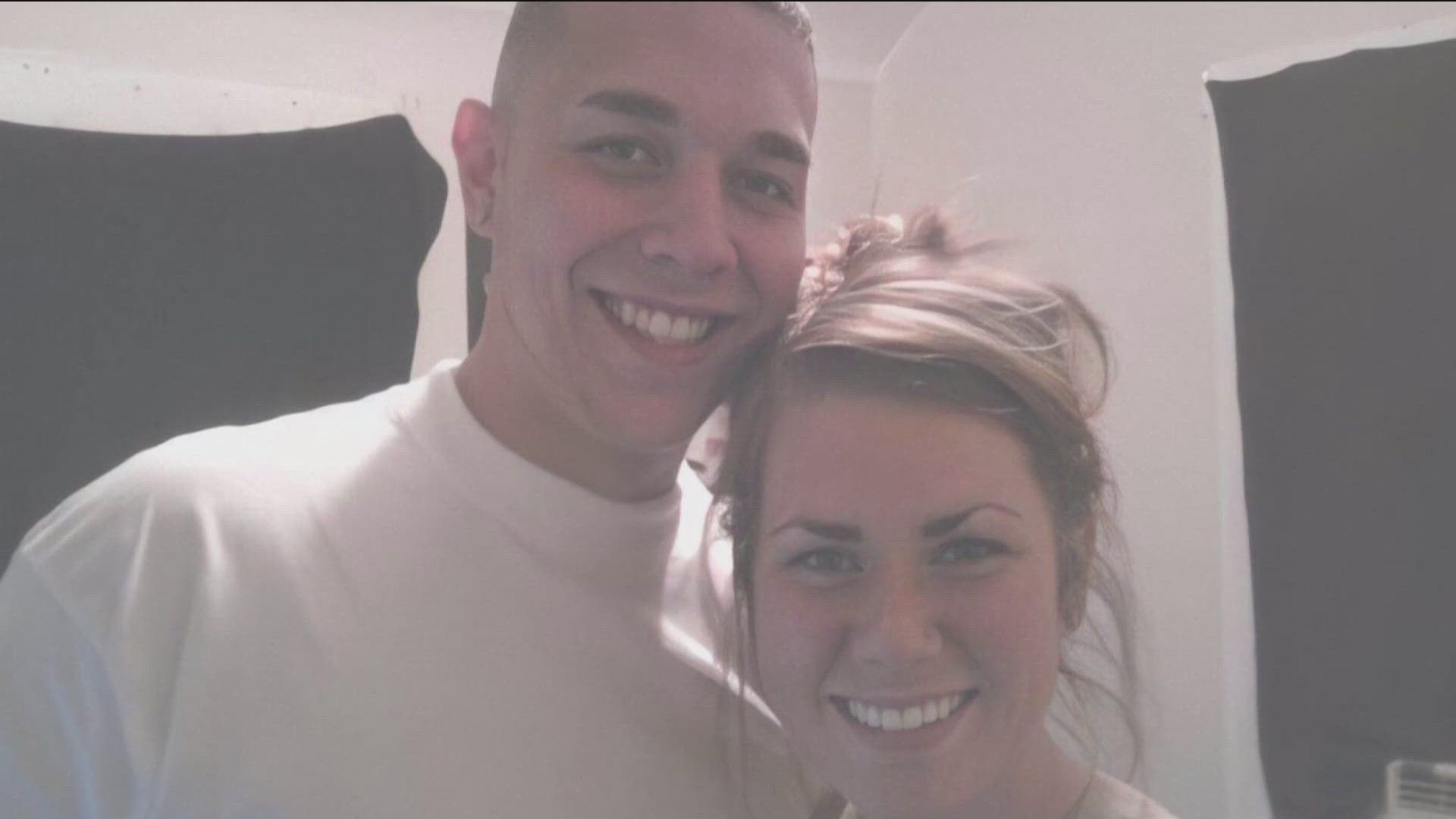TOLEDO, Ohio — In a potentially significant development, the Lucas County Sheriff's Office has confirmed it has received information from Parabon Nanolabs about unknown DNA that was discovered at the scene of the brutal 2011 murder of Johnny Clarke and Lisa Straub.
The sheriff's office would not describe the information to 11 Investigates, but we have also confirmed that world-renowned genetic genealogist CeCe Moore has worked on this case. Moore has worked with Parabon on dozens of cold cases.
After our 2021 investigation, Moore reached out to 11 Investigates to express an interest in partnering with the sheriff's office. Lucas County Sheriff Mike Navarre took her up on her offer, ordering his office to send two sets of DNA to the Virginia-based laboratory, a group that he worked with previously as the Oregon police chief.
The fact that Moore has worked on the case is significant because she does not enter an investigation until there is some type of hit in Parabon's list of ancestry databases. Once she is involved, she builds family trees to try to find a connection to the DNA source.
Clarke and Straub were killed in January of 2011. Police believe that multiple suspects forced their way into the Holland home of Straub's parents, killing Clarke, 21, and Straub, 20, by placing bags over their heads.
A cigarette found in the home had the DNA of two men, Sam Williams and Cameo Pettaway. Williams is serving a life sentence, but Pettaway’s case was thrown out after a judge ruled that prosecutors had not provided enough evidence of his guilt.
More than 13 years later, the case remains active because of several sets of unknown DNA that were found on duct tape on the bodies and in a pocket of Clarke’s sweatpants.
Instead of looking at a handful of genetic markers in PCR testing, which was used on the cigarette, the sequencing in these Parabon profiles looks at hundreds or even thousands of markers. Rather than comparing to existing profiles in CODIS, the FBI's database, the profiles are compared to ancestry databases. Once a hit takes place, that is when a genetic genealogist gets involved.
If Moore is able to determine the source of the DNA, that does not necessarily mean that person is connected. The DNA could have been left during the production of the tape. Possibly, the killers could have grabbed it from a garbage can and the DNA has no relevance. But once the DNA source is confirmed, detectives would then try to determine if that person could be a possible suspect.
It is not known if the investigation has progressed to this point. However, the sheriff's department confirmed that detectives are actively working on the case and that it remains an open investigation.

